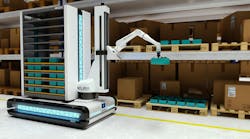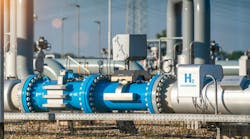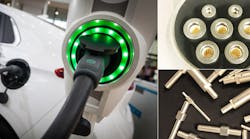New custom stable nanostructured metal alloys and coatings designed and commercialized by Xtalic Corporation are assisting electric vehicle (EV) suppliers and manufacturers (OEMs) to meet mission-critical materials challenges — including extending the life of charging connectors, producing stable components for high-temperature environments, lightweighting, and improving corrosion resistance.
“EV suppliers are designing next-generation components that require the hardness, strength, corrosion resistance, and durability that traditional materials cannot provide,” said Tom Clay, Xtalic’s chief executive officer. “Utilizing our proprietary Dynamic Nanostructure Control and patented Rapid Alloy Design toolkits, we are creating breakthrough alloys and coatings that meet the specific challenges of each application — and deliver a solution at the desired level of performance, economy, and environmental responsibility.”
EV Charger Connector Life: Replacing traditional silver-over-nickel-over-copper connector contacts with Xtalic’s nanostructured alloys, XTRONIC and LUNA, significantly enhances the contacts’ hardness, durability, and corrosion resistance — to the point of achieving more than 10,000 charge cycles in high normal force applications under real-life non-ideal environmental conditions.
Over the past several years, Xtalic has been working on a similar application with seven of the top 10 OEMs in the smartphone industry that is extending the life of charging connectors in quick-charge waterproof smartphones by up to 30 times.
Interconnect and Component Safe Operating Temperature: At elevated temperatures, conventional materials in high-power interconnects and components lose properties required for safe operation, and risk corrosion and wear damage. In contrast, Xtalic’s alloys maintain critical properties: LUNA enables operation at temperatures higher than 200° C for extended time periods. XTRONIC and XTALIUM provide a step change in temperature stability over traditional nickel and aluminum materials.
Component Weight and Corrosion-Resistance: Replacing traditional, heavier materials used in components with lower-cost, lighter-weight magnesium enhanced with a nanostructured coating of XTALIUM™ increases durability and corrosion resistance.
The use of XTALIUM provides corrosion-resistance and enhances the performance of space-constrained rare earth magnets as well.










